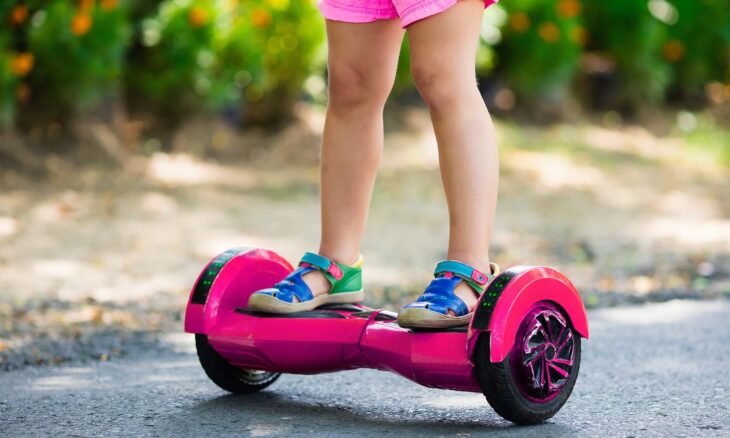
Last Updated on January 30, 2024 by Surender Kumar
Every year, thousands of children are rushed to emergency rooms due to toy-related injuries. While most toys are designed with safety in mind, accidents can still happen. As a parent, it’s important to be aware of potential dangers and take steps to protect your child from harm.
In this article, we’ll discuss common toy-related injuries, safety tips for choosing and using toys, and what to do in case of an accident.
Table of Contents
Common Injuries from Toys
According to the Consumer Product Safety Commission (CPSC), there were an estimated 226,100 toy-related injuries treated in U.S. hospital emergency rooms in 2018 alone. The majority of these injuries were to the head or face, followed by arms and legs.
Some of the most common toy-related injuries include:
- Cuts and bruises from sharp edges or points on toys
- Choking or swallowing small parts
- Falls from riding toys, such as bikes or scooters
- Burns from battery-operated toys that overheat
Children under the age of 5 are at the highest risk for toy-related injuries, as they tend to explore and put things in their mouths. However, children of all ages can be injured by toys if not used properly.
Understanding Safety Standards for Toys
In the United States, toys are required to meet strict safety standards set by the CPSC. These standards cover everything from design and construction to labeling and age recommendations.
Look for the following safety symbols when purchasing toys for your child:
- ASTM F963: This symbol indicates that a toy meets safety standards set by the American Society for Testing and Materials (ASTM). These standards cover aspects such as small parts, sharp edges, and flammability.
- CPSC: This symbol indicates that a toy meets safety standards set by the Consumer Product Safety Commission. This includes regulations on lead paint, magnets, and other potential hazards.
- Age recommendations: Pay attention to age recommendations listed on toy packaging. These are based on developmental factors and potential safety hazards for children of certain ages.
- Warnings: Toys that contain small parts or potential choking hazards should have a warning label on the packaging. Make sure to read and follow these warnings carefully.
Tips for Choosing Safe Toys
In addition to looking for safety symbols, here are some general tips for choosing safe toys for your child:
- Choose toys that are developmentally appropriate for your child’s age and abilities. Don’t give a toy with small parts to a young child, for example.
- Inspect toys before purchasing for any sharp edges or points, loose pieces, or potential hazards.
- Avoid toys with strings or cords longer than 7 inches to prevent strangulation.
- Look for durable, well-made toys that can withstand rough play.
- Be cautious when purchasing second-hand toys, as they may not meet current safety standards or could be damaged.
What to Do in Case of an Accident
Even with precautions, accidents can still happen. If your child is injured while playing with a toy, here’s what you should do:
1. Seek Medical Attention
If the injury is serious, seek medical attention immediately. If it’s not an emergency, take your child to their pediatrician or family doctor.
2. Save the Toy
Save the toy and any packaging it came in for potential investigation into the cause of the accident.
3. Report It
Report the incident to both the manufacturer and the CPSC. This helps them track potential safety hazards and take action if necessary.
4. Consult with a Child Injury Attorney
If your child’s injury was caused by a defective or unsafe toy, it may be beneficial to consult with a child injury attorney. They can help you understand your rights and pursue compensation for medical bills, pain and suffering, and other damages.
Remember, staying informed and taking proper precautions can go a long way in protecting your child from toy-related injuries. By following safety standards and guidelines, you can ensure your child’s playtime remains safe and enjoyable. If an accident does occur, seek medical attention and consider seeking legal advice to protect your family’s rights.
Now that you have the important information on toy safety, go out and have some fun with your child! Just be sure to always prioritize their safety while doing so.

I am a passionate blogger having 10 years of experience in blogging and digital marketing. I started List Absolute in 2018 to give my passion a live platform. I have also a good hand in writing unique and quality content. Here I contribute in my free time. Thanks for reading. Let me know if I can help you get your work done in a timely manner.
